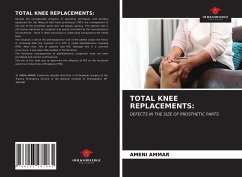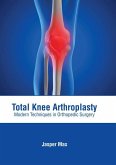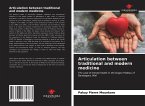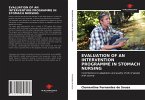Despite the considerable progress in operating techniques and ancillary equipment for the fitting of total knee prostheses (TKP), the management of the size of the prosthetic parts was not always obvious. The optimal size is still poorly mastered by surgeons and poorly controlled by the manufacturers of prostheses. There is often oversizing or undersizing compared to the native knee. The situation in which the anteroposterior size of the patella and/or the femur is increased after the insertion of a GTP is called patellofemoral crowding (PFE). More than 75% of patients had PFE. Although this is a common occurrence, it has been little studied in the literature. The functional consequences of patellofemoral congestion have not been elucidated and remain controversial.The aim of this book was to determine the influence of PFE on the functional outcome of total knee arthroplasty (TKR).
Hinweis: Dieser Artikel kann nur an eine deutsche Lieferadresse ausgeliefert werden.
Hinweis: Dieser Artikel kann nur an eine deutsche Lieferadresse ausgeliefert werden.








